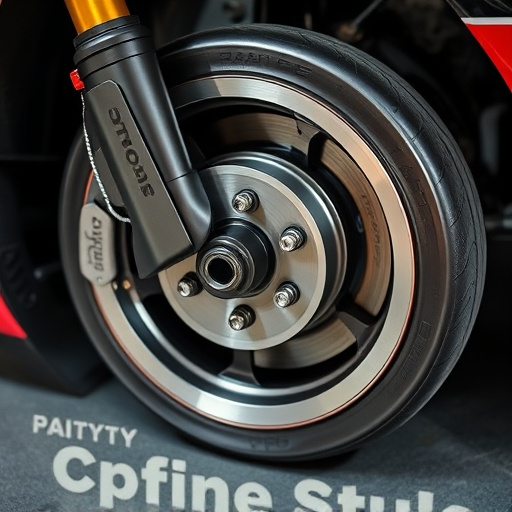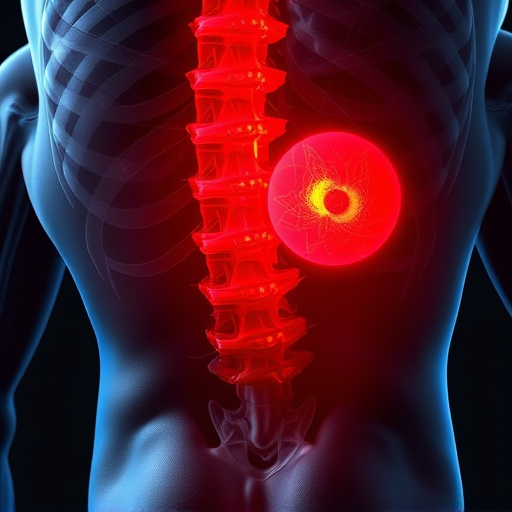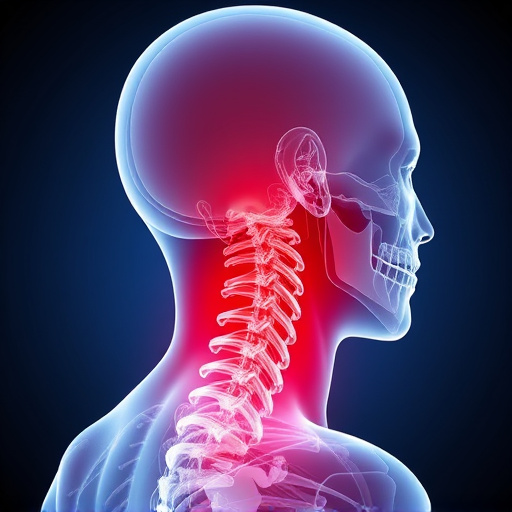Post-accident rehabilitation offers inpatient and outpatient options tailored to injury severity. Inpatient care provides 24/7 medical supervision and structured programs for severe cases, fostering peer support. Outpatient rehab allows flexibility with daily routines while attending sessions for less severe injuries or chronic pain management. Choosing between them depends on injury complexity, with inpatient recommended for severe issues and outpatient suitable for less critical cases needing ongoing therapy.
Navigating post-accident rehabilitation can be daunting, with critical decisions like choosing between inpatient or outpatient care. This comprehensive guide explores the nuances of each option, helping you understand their unique benefits and challenges in the context of post-accident recovery. We delve into key factors influencing your choice, ensuring an informed decision tailored to your needs and circumstances.
- Understanding Inpatient vs Outpatient Care for Post-Accident Recovery
- Benefits and Challenges of Each Rehabilitation Setting
- Factors Guiding the Choice Between Inpatient and Outpatient Programs
Understanding Inpatient vs Outpatient Care for Post-Accident Recovery

Post-accident recovery is a critical phase in an individual’s journey towards healing and regaining independence after a traumatic event. When considering rehab options, understanding the distinction between inpatient and outpatient care is essential. Inpatient rehabilitation involves residential treatment where patients live at a specialized facility for an extended period, allowing constant medical supervision and 24/7 access to therapy and support services. This intensive approach is ideal for severe car accident injuries, as it provides comprehensive care addressing physical, emotional, and psychological needs. Patients can benefit from structured programs tailored to their recovery goals without the distractions of daily life.
Outpatient rehab, on the other hand, offers a more flexible option where individuals attend sessions at a clinic or facility during specific hours while returning home afterward. This choice is suitable for those with less severe injuries or those who prefer the familiarity and comfort of their homes. Outpatient care focuses on scheduled appointments for physical therapy, counseling, and support groups, providing regular check-ins and monitoring without constant residence at a facility. Balancing rehab sessions with daily routines can aid in transitioning back to normal life while still ensuring necessary care for car accident injury recovery.
Benefits and Challenges of Each Rehabilitation Setting
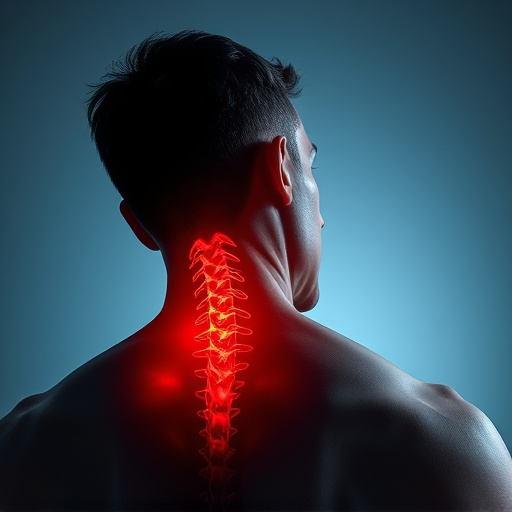
Inpatient rehabilitation offers a comprehensive and immersive experience for individuals recovering from various conditions, including post-accident injuries. Living and receiving treatment on-site provides a structured environment free from external distractions. This allows patients to focus solely on their recovery, with access to medical staff 24/7. Inpatient settings are ideal for those who require intense therapy, such as physical or occupational rehabilitation, as they can receive frequent and consistent care. Moreover, it facilitates social connections among peers facing similar challenges, creating a supportive community that enhances motivation and adherence to treatment plans.
Outpatient programs provide flexibility and independence while still offering specialized care. Suitable for patients with less severe conditions or those in need of chronic pain relief and mobility improvement, these settings allow individuals to maintain their daily routines while attending scheduled therapy sessions. Outpatient rehabilitation is often more cost-effective and accessible, making it a convenient choice for those seeking whiplash treatment or other specific post-accident rehabilitative needs. However, the challenge lies in self-motivation, as patients must actively participate and adhere to their treatment schedule without the constant support of medical staff.
Factors Guiding the Choice Between Inpatient and Outpatient Programs
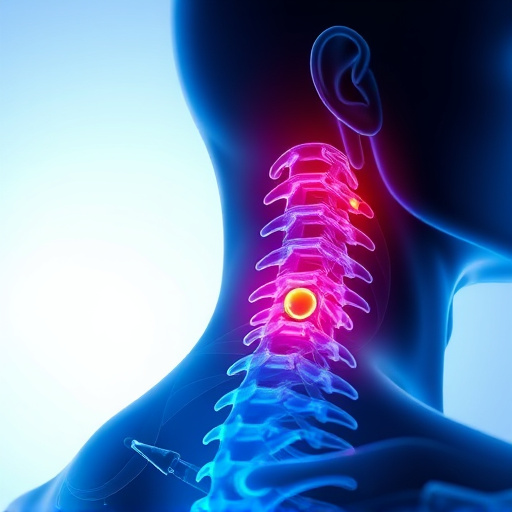
When considering post accident rehabilitation, the choice between inpatient and outpatient programs depends on various factors. Inpatient rehabilitation is typically recommended for those with severe injuries or complex conditions, such as a herniated disc treatment or spinal adjustments, requiring intensive care and monitoring. This option offers 24/7 access to medical professionals, ensuring patients receive consistent care and support throughout their recovery journey.
Outpatient programs, on the other hand, are suitable for individuals with less severe injuries or those who’ve already undergone initial inpatient care and need continued therapy but can manage their treatment outside of a hospital setting. Neck pain treatment, for instance, often benefits from outpatient care after an initial inpatient stay. These programs offer flexibility, allowing patients to maintain their daily routines while accessing necessary therapeutic interventions.
When deciding between inpatient and outpatient rehabilitation for post-accident recovery, it’s crucial to weigh the benefits and challenges of each setting. Factors like severity of injury, personal preferences, and support systems play a significant role in guiding this choice. By thoroughly understanding these options, individuals can make an informed decision that best aligns with their post-accident rehabilitation needs.


